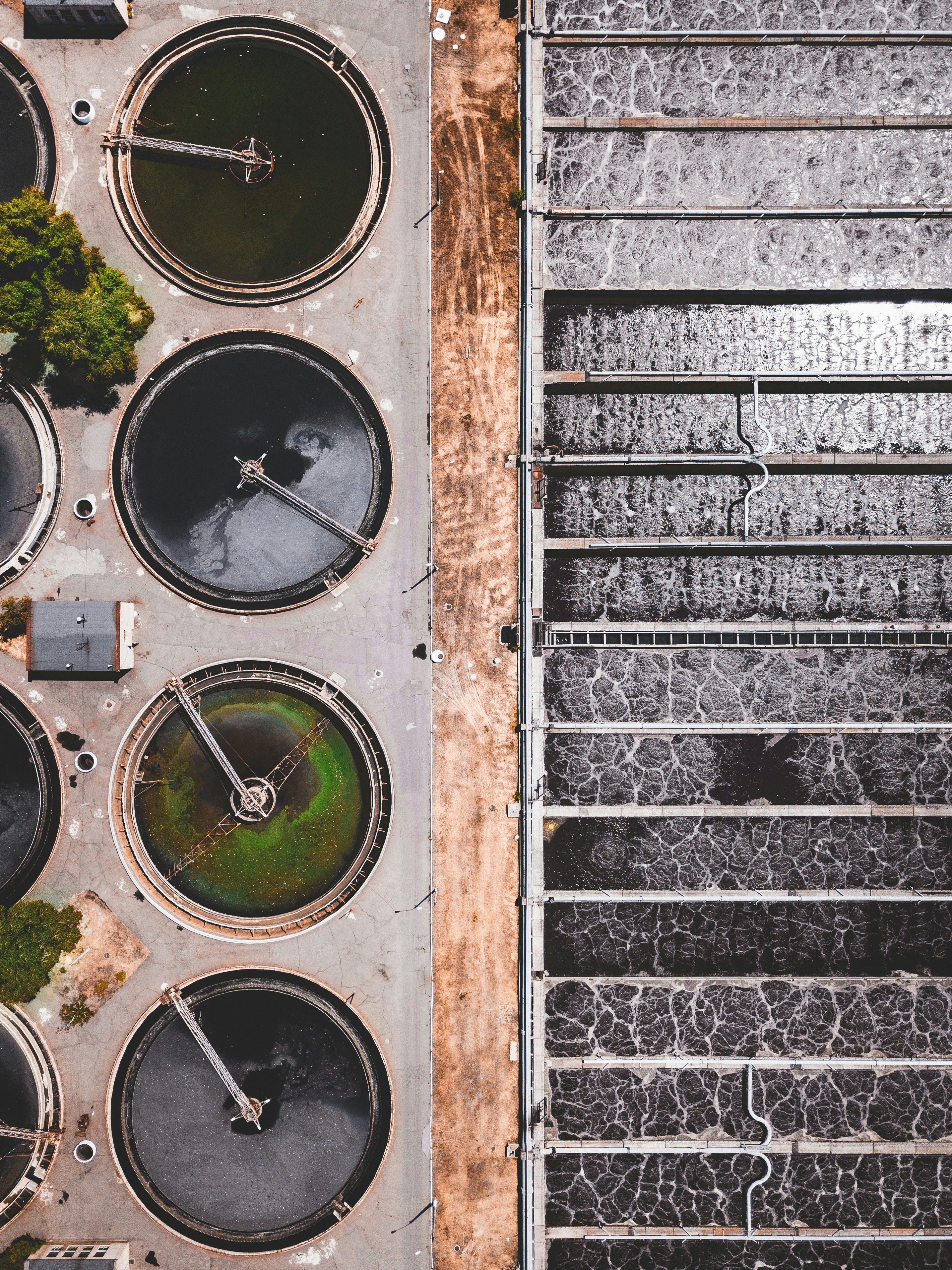
Back to Blog
Share Post:




Feb 4, 2024
The global water crisis is an alarming reality, with severe droughts and water scarcity threatening industries and communities alike. As companies strive to reduce their water footprint and promote sustainability, the synergy between digital twins and machine learning emerges as a powerful solution.
Digital twins, virtual replicas of physical assets or processes, provide a comprehensive view of water usage and distribution systems. By integrating real-time data from sensors and IoT devices, these digital models can accurately simulate and monitor water consumption patterns across various operations.
Combining digital twins with machine learning algorithms unlocks a world of possibilities for water conservation. Machine learning models can analyze historical data, identify inefficiencies, and predict future water demand, enabling proactive measures to optimize water usage.
One significant application lies in predictive maintenance. By leveraging sensor data and machine learning, digital twins can detect anomalies or potential failures in water distribution systems, allowing for timely interventions and reducing water losses from leaks or malfunctions.
Moreover, digital twins facilitate scenario simulations, enabling companies to test the impact of different water-saving strategies without disrupting real-world operations. Machine learning models can evaluate the effectiveness of these simulations, providing data-driven insights for informed decision-making.
In the agricultural sector, digital twins coupled with machine learning can revolutionize irrigation practices. By analyzing soil moisture levels, weather patterns, and crop requirements, these systems can recommend precise irrigation schedules, minimizing water waste while ensuring optimal crop yields.
Beyond operational efficiency, digital twins and machine learning can aid in water footprint assessments, helping companies understand their water consumption across the entire supply chain. This comprehensive view empowers organizations to identify hotspots and prioritize water-saving initiatives in the areas with the highest impact.
As the urgency to address water scarcity intensifies, the integration of digital twins and machine learning offers a data-driven approach to water conservation. By leveraging these technologies, companies can reduce their water footprint, enhance operational resilience, and contribute to a more sustainable future for our planet's most precious resource.